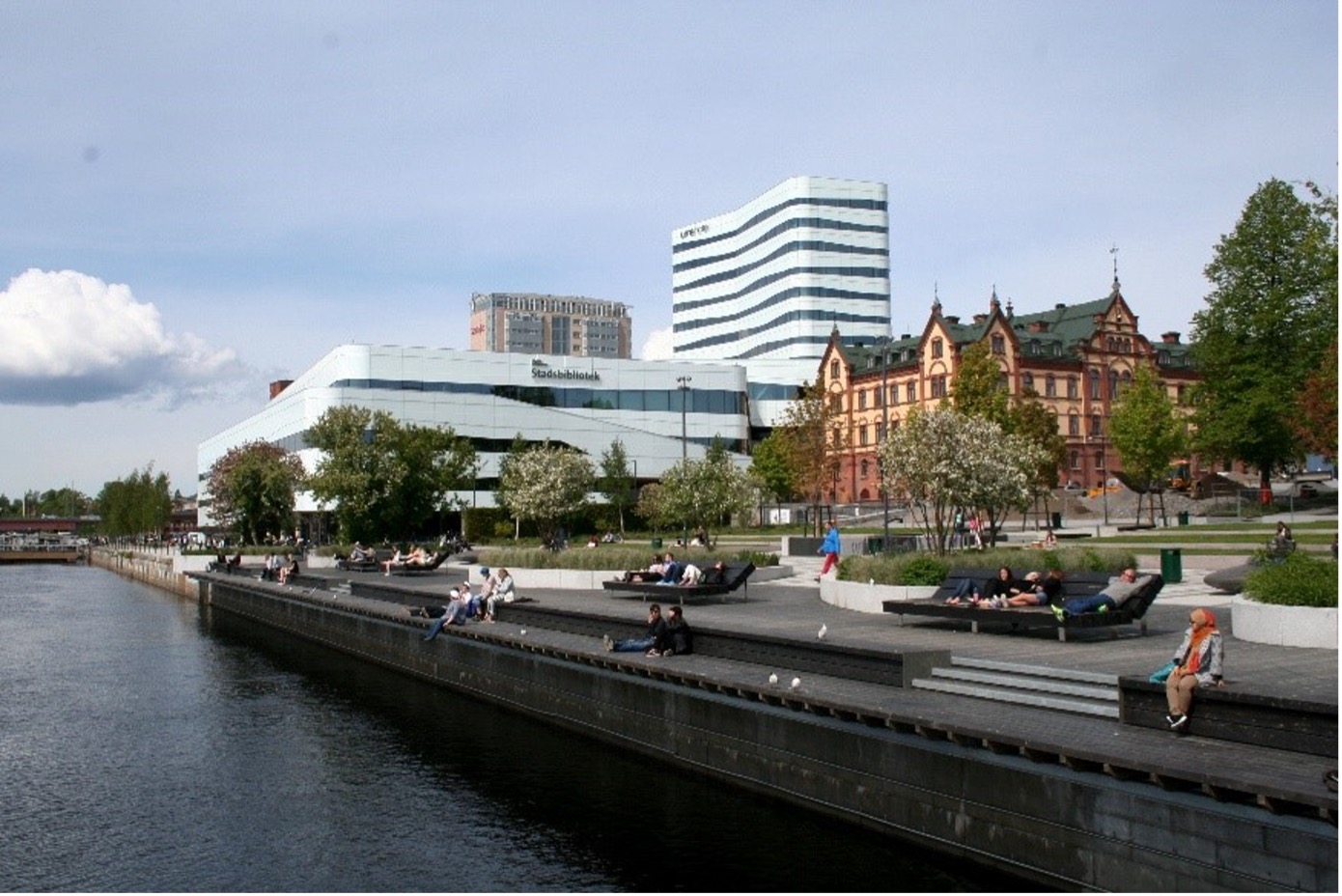Umeå's Pilot City Activity: The North Star

Copyright: Fredrik Larsson
Description of activities
The City of Umeå will pilot a new way of working holistically with systemic innovation to reinvent how the city fulfils its basic functions. This project focuses on enabling a new way of working across the city departments and actors in the city. To succeed, engagement and inclusion will be at the centre of the project. It will help to build social capital and trust among key stakeholders and citizens to be part of the journey towards climate neutrality.
The main emission domains identified in Umeå’s roadmap for climate neutrality 2030 (Mobility and transport, Energy and built environment, Consumption and circular economy) will be the focus of the pilot test activities. The city will challenge the existing way of supporting bottom-up initiatives and how it can truly support behaviour change.
The pilot activities will address the following barriers:
1) Organisational Lock-in and Suboptimisation. With the complexity of cutting CO2 emissions, the city needs to enable new organisational practices. This is important to reduce the risk of suboptimisation, meaning that if the transition is not coordinated, the city can end up with several solutions that are counterproductive.
2) Behavioural change of citizens, organisations, and policymakers to increase the innovation capacity of organisations that are key players in achieving climate neutrality. This requires improving the knowledge, skills and attitude of individual civil servants towards systemic changes and the improvement of the conditions for this increased capacity to be enabled in the way stakeholders are organised.
Objective
To enable a new way of working with key stakeholders in the city to tackle organisational lock-ins and facilitate behavioural change for addressing key emission domains: mobility and transport, energy and built environment, and consumption and circular economy.
Are the pilot activities building upon or part of a previous and/or existing activity?
Umeå has a good starting point, e.g. the production of renewable energy, district heating and a strong commitment to collaboration towards climate neutrality, demonstrated in the city’s Climate Roadmap and Climate City Contract 2030. Previous strategic development and innovation projects provide a strong foundation but the process of achieving climate neutrality is still a huge challenge. The city is approaching the limits of its ability to achieve climate neutrality within the desired timeframe as systemic barriers block faster development.
Which emissions domains will the pilot activities address?
Systemic transformation – levers of change the pilot activities will exploit
Stakeholder types that you would like to engage in the pilot activities
Transferable features of your pilot activities to a Twin City/ies
- Innovation methodology – with a cross-cutting and science-based design, enabling a holistic transition to climate neutrality;
- Education program for innovation leaders;
- Organisation of climate partnerships;
- Integration of gender equality and inclusion in climate action;
- Citizen engagement and co-development of climate actions;
- Learning loops from pilot activities to recommendations (enabling large-scale implementation).
This answer is not exhaustive and simply an indicative one.
Components of the transferable features
- An organisational recommendations report;
- A financial sustainability plan;
- An innovation process report;
- Framework for scaling, learning, and transferability logic that can be used for disseminating learning replication across regional and EU cities.
This answer is not exhaustive and simply an indicative one.
What does the city want to learn from Twin City/ies?
- Collaboration structures with stakeholders and citizens;
- Organisation structures for climate neutrality;
- Innovation methods for systemic transformation;
- Sustainable mobility solutions;
- Positive energy district development;
- Climate budgeting/investment planning.
This answer is not exhaustive and simply an indicative one.

